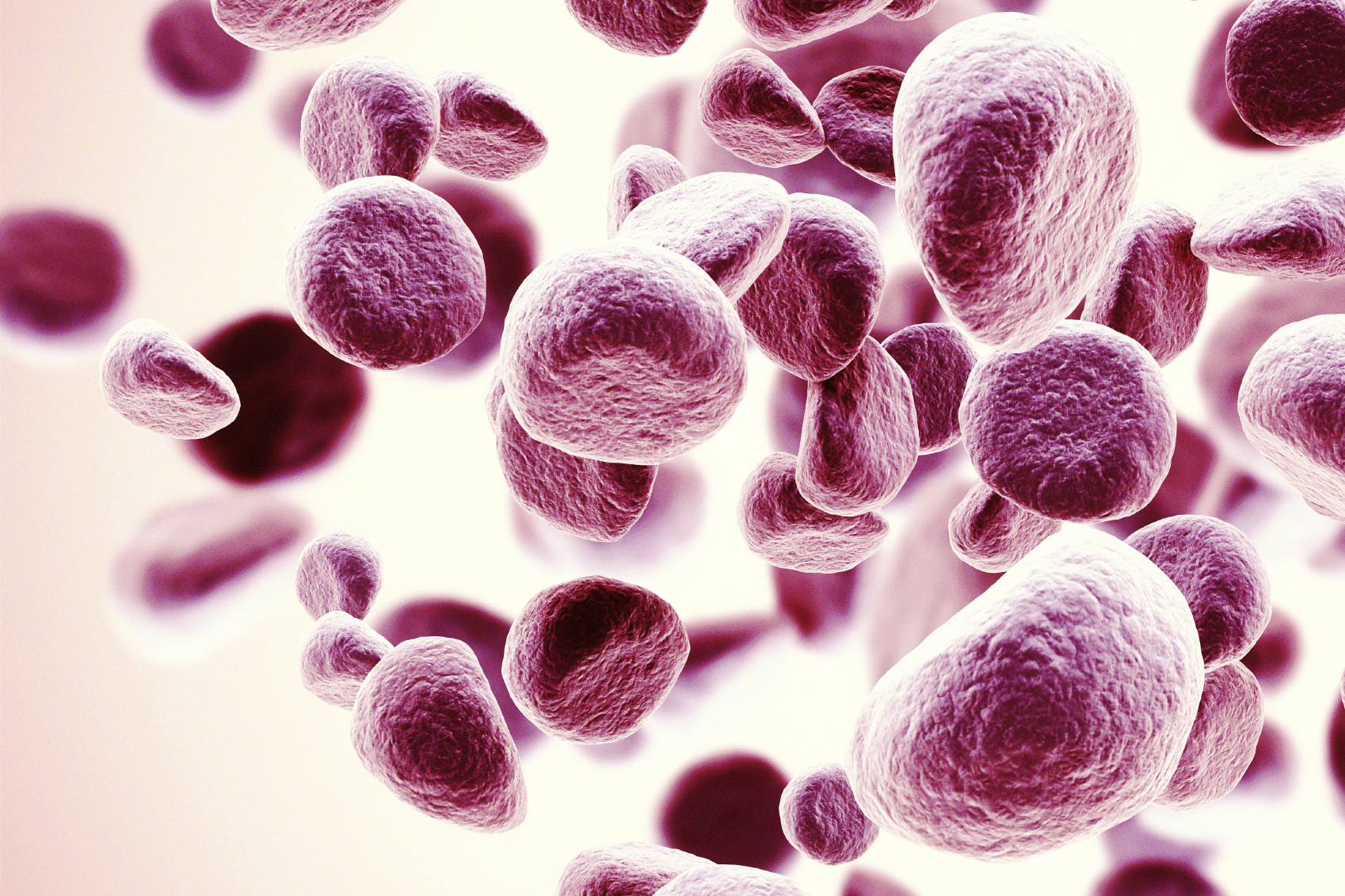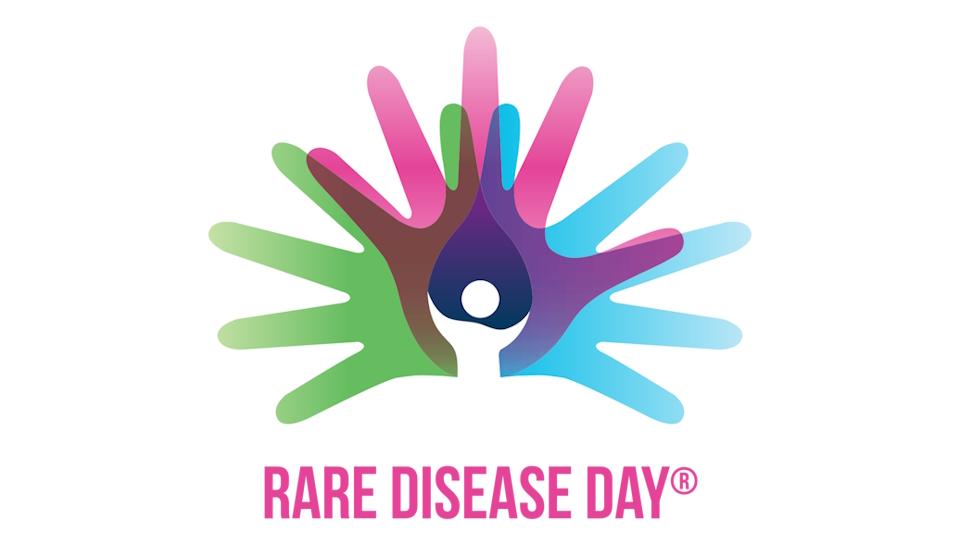LentiGlobin gene therapy for sickle cell on course for filing, says bluebird

It has been an amazing year for patients with sickle cell disease (SCD) with two new drug approvals in recent weeks, and hopes are also building that bluebird bio’s LentiGlobin gene therapy could be filed for approval.
At the ASH conference in Orlando this week bluebird bio presented updated results from its phase 1/2 HGB 206 trial of LentiGlobin, a year on from a first look at the data at the same conference last year, and at this interim stage all looks on track.
According to bluebird bio’s chief scientific officer Philip Gregory – who spoke to pharmaphorum shortly after the data were presented at the congress – LentiGlobin could potentially be submitted on the strength of the HGB 206 data, provided the same efficacy and safety is seen in additional subjects.
The biotech already has approval in Europe for Zynteglo, a variant of the gene therapy that is used to treat another haematological disease called beta thalassaemia and has been tipped to become a $1.5 billion-plus product.
There are three big take-home messages from the new data that suggest LentiGlobin is on course to join Zynteglo, said Gregory.
First up, the lentiviral vector that delivers the gene seems to be working as expected, with expression of the replacement β-globin gene HbAT87Q present at therapeutic levels (44% to 59%) in all 17 patients who have been followed up for at least six months after dosing.
The mutation prevents the ‘sickling’ of red blood cells that blocks blood vessels and leads to the painful vaso-occlusive crises (VOcs) and organ damage in SCD that can hospitalise patients for days.
That is an “incredibly powerful result” on its own, Gregory told us, because it means that SCD patients are effectively being converted to a state similar to sickle cell ‘trait’ – a condition in which only one of the pair of β-globin genes has the SCD mutation.
In patients with sickle cell trait “the severity of the symptoms of SCD are massively reduced, in fact largely eliminated,” noted Gregory.
That view is also borne out by the clinical endpoint data from the trial. VOCs were reduced by 99% compared to the rate patients were experiencing in the two years prior to treatment with LentiGlobin.
“We’ve had just one mild event in any patients since the start of the trial – that is an incredibly stark result,” he added.
The third take-home message is that the therapeutic β-globin is being expressed in 70% to 90% of all the red cells in the blood, and that is sufficient to correct sickling and can be measured using assays, said Gregory.
“The whole package is coming together really nicely. We’re seeing consistency, improvement in the clinical symptoms of the disease, and…a molecular story that supports the proposed mechanism of action of LentiGlobin”.
There’s one element of gene therapy that has been dampening enthusiasm for some products however, and that is the durability of the response. In the case of thalassaemia and SCD therapies patients have to undergo a bone marrow transplant – itself an inherently hazardous procedure – so ideally a gene therapy wouldn’t have to be administered more than once.
That’s an issue that has raised concerns about some haemophilia gene therapies, with some tailing off after 12 to 18 months. But it hasn’t been seen with either LentiGlobin or indeed Zynteglo, according to Gregory.
“Across our studies we have not seen anyone who had a robust response to therapeutic β-globin tail off”, and that includes data from numerous thalassaemia patients over more than four years.”
In SCD specifically there are four patients over 18 months, and one over 21 months, with “rock solid” expression data, he said.
The timing of a filing for LentiGlobin in SCD is hard to gauge. The HGB 206 trial isn’t due to complete until 2022, though Gregory says that situation is fluid and as soon as the dataset is strong enough bluebird will submit.
Another phase 3 trial in SCD – HGB 210 – is also due to get underway this year and would serve as a definitive pivotal trial, but if results from the HGB 206 trial are strong enough they could back approval with the phase 3 trial acting as a confirmatory study.
So far, so good. In the meantime SCD patients have been celebrating the approval of Novartis’ anti-P-selectin antibody Adakveo (crizanlizumab) to reduce VOCs, as well as Global Blood Therapeutics’ small-molecule Oxbryta (voxelotor) which provides a daily, oral option to prevent sickling of red cells.
There has also been the first data of a gene-editing approach to tackling the β-globin gene mutation with Vertex Pharma and CRISPR Therapeutics’ CTX001. So where does gene therapy fit in among these new approaches?
Gene therapy has to provide a transformative impact on the patient in sickle cell given their cost and risks, according to Gregory, and must have very long durability over several years.
“The bar to entry is pretty high [but] the data we are collecting really supports that we are having that sort of transformational impact.”
Gene therapy will likely sit alongside other treatment approaches, for example being used in more severely-affected patients who may be “unrecoverable” with other drugs.













